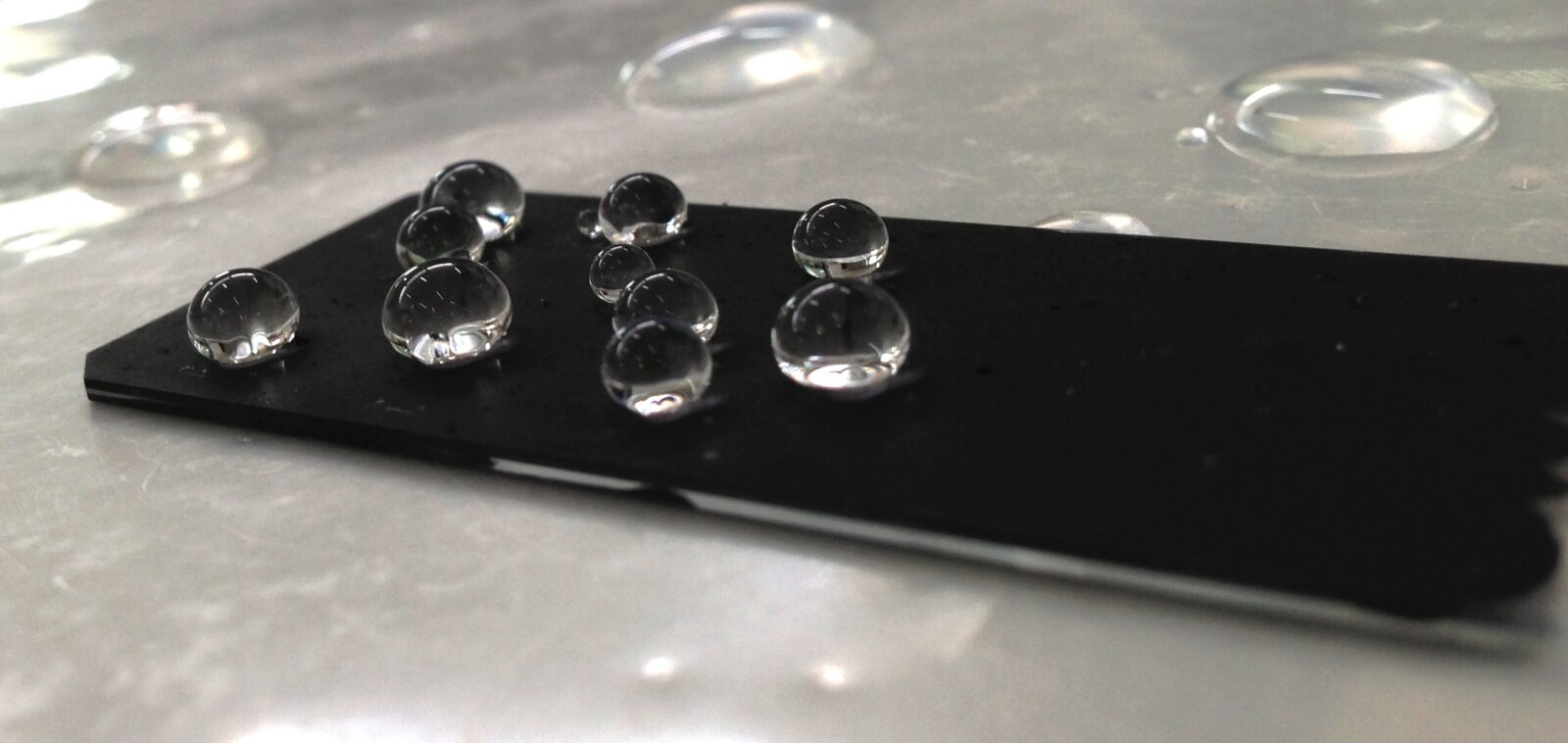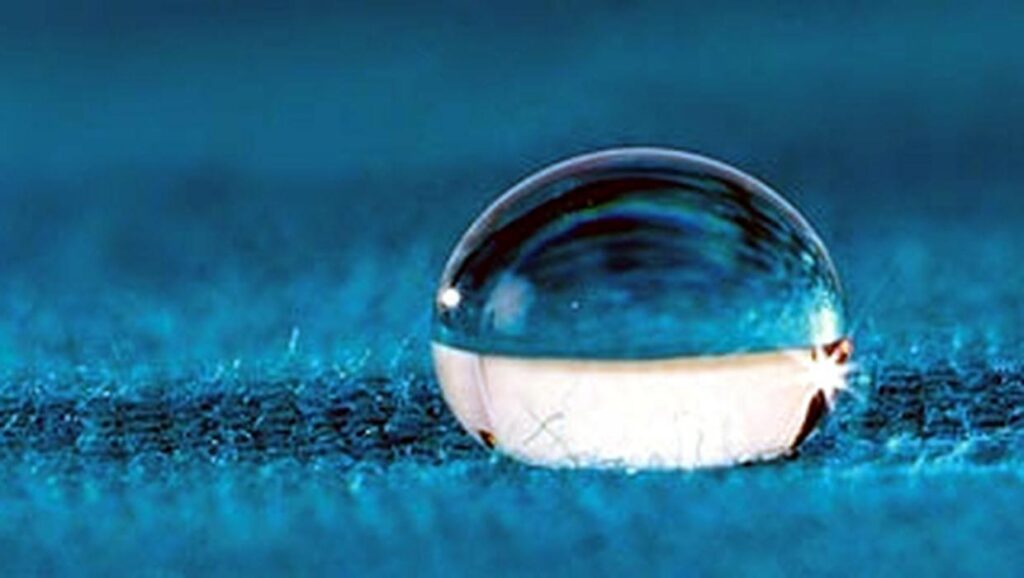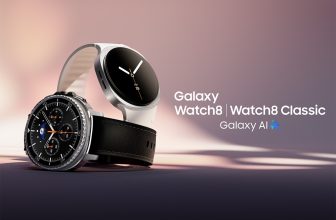Nano coating and waterproofing – all you need to know

There are a number of companies now offering waterproof nano coating which are made using nanotechnology. Most of the newer coatings are for electronics and other tools that were previously very difficult to coat, since the coating itself could have damaged the electronics. Many nano coatings that have been around for awhile exist for various fabrics, although the oldest of the waterproof fabrics do not even use nano-coatings.
Are nano coatings ready for prime-time?
The ability to waterproof anything is an exciting prospect, but there are some concerns. The technology may not be quite ready for prime-time, even though excitement about them has pushed their use forward. Here are a few things to consider before jumping on the bandwagon.

1. Some nano coatings may not be as effective against non-water liquids
The first thing some people may be concerned about is whether the nano coating will protect against liquids other than water. This is one area where most companies have done a great deal of research. A protective waterproof coating wouldn’t do much good if a coated smartphone was accidentally dropped in a glass of wine rather than water. Most of the coatings do therefore effectively repel all liquids.
The one thing you may have to be concerned about, however, is getting sticky substances from juice or other “dirty” liquids built up within small nooks and crannies of your device or non-waterproofed case, where it may be difficult for the liquid to escape. Some companies therefore recommend that you do a quick rinse with plain water after your phone is submerged in one if these other liquids. That is actually another benefit, since you can also rinse your phone if it becomes dirty, such as with sand from the beach, while you were watching YouTube videos.
2. The manufacturing of nano coating is dangerous
Most nano coating applications require quite a bit of protective gear. There are even coatings, such as Ultra Ever Dry, that people can apply themselves. What they don’t tell you up front is that you have to wear special protective gear. Many of these coatings have proven to be very toxic during the application process. If you are applying the coating yourself, make sure you have all the necessary protective gear.

3. Nano-particles may become toxic when they break down
Another concern is that nano-coatings have not been thoroughly tested for toxicity, especially once theybegin to degrade or break down. This is something that people may not think about because nano-coatings cannot be seen. Out of sight, out of mind. There are, however, real dangers here.Nano particles do not act like ordinary particles. They could very well cause health problems once they begin the process of decomposing. The particles may wind up in the air and be inhaled or enter your body through your skin. Despite the possible risks, the U.S. government does not require toxicity testing,or labeling of nano-coatings.
4. Waterproofing materials don’t last forever
How will you know when your nano-coating is beginning to break down? If you forget about the expiration date of the coating (or don’t know when that is), it’s possible that you will have a false sense of security. If only one part of the coating wears off in a critical area of the device, that is enough to damage the device the next time it gets wet.
In addition, if your device gets more wear and tear than normal, the nano-coating may begin breaking down before its expiration date, and you would never know it. It’s really too bad that devices do not have some sort of sensor that can sense when the nano-coating begins to degrade.




